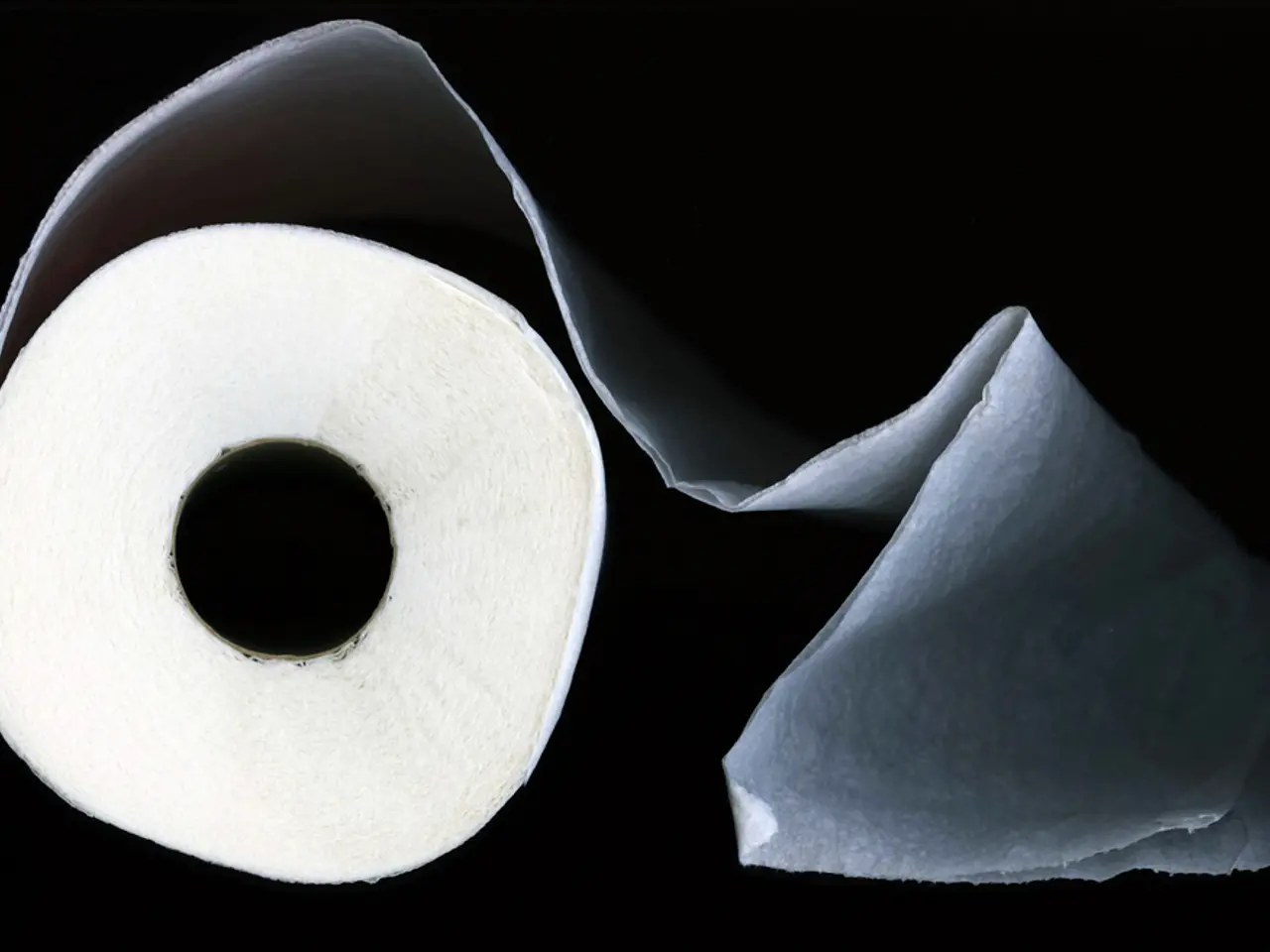Soft Tissue Sarcomas: Rare Cancers With Diverse Outlooks
The American Cancer Society predicts that around 12,000 Americans will receive a soft tissue sarcoma diagnosis in 2023. These rare cancers can develop in various parts of the body, with arms and legs being the most common locations.
Soft tissue sarcomas are a diverse group, with over 50 subtypes identified. The most common types are leiomyosarcoma, liposarcoma, and gastrointestinal stromal tumors (GISTs).
Leiomyosarcomas, arising from smooth muscle cells, are the second most prevalent, with an estimated rate of 11.5 per million per year in Germany. Liposarcomas, originating from fat cells, make up less than 10% of cases and can occur in various tissues like the esophagus, retroperitoneum, and popliteal fossa. GISTs, starting in cells of the gastrointestinal tract wall, affect 3.2-6.8 people per million per year in the US.
The outlook varies by subtype. Liposarcomas and synovial sarcomas are particularly aggressive. Undifferentiated pleomorphic sarcoma (UPS), the fourth most common, occurs in 2 to 5 per million per year. Other aggressive subtypes include angiosarcoma and alveolar soft part sarcoma, with 5-year survival rates often below 50% depending on stage and treatment.
Soft tissue sarcomas are a diverse group of rare cancers with varying outlooks depending on the specific subtype. Early detection and appropriate treatment are crucial for improving patient outcomes. Further research is needed to understand and combat these diseases.





